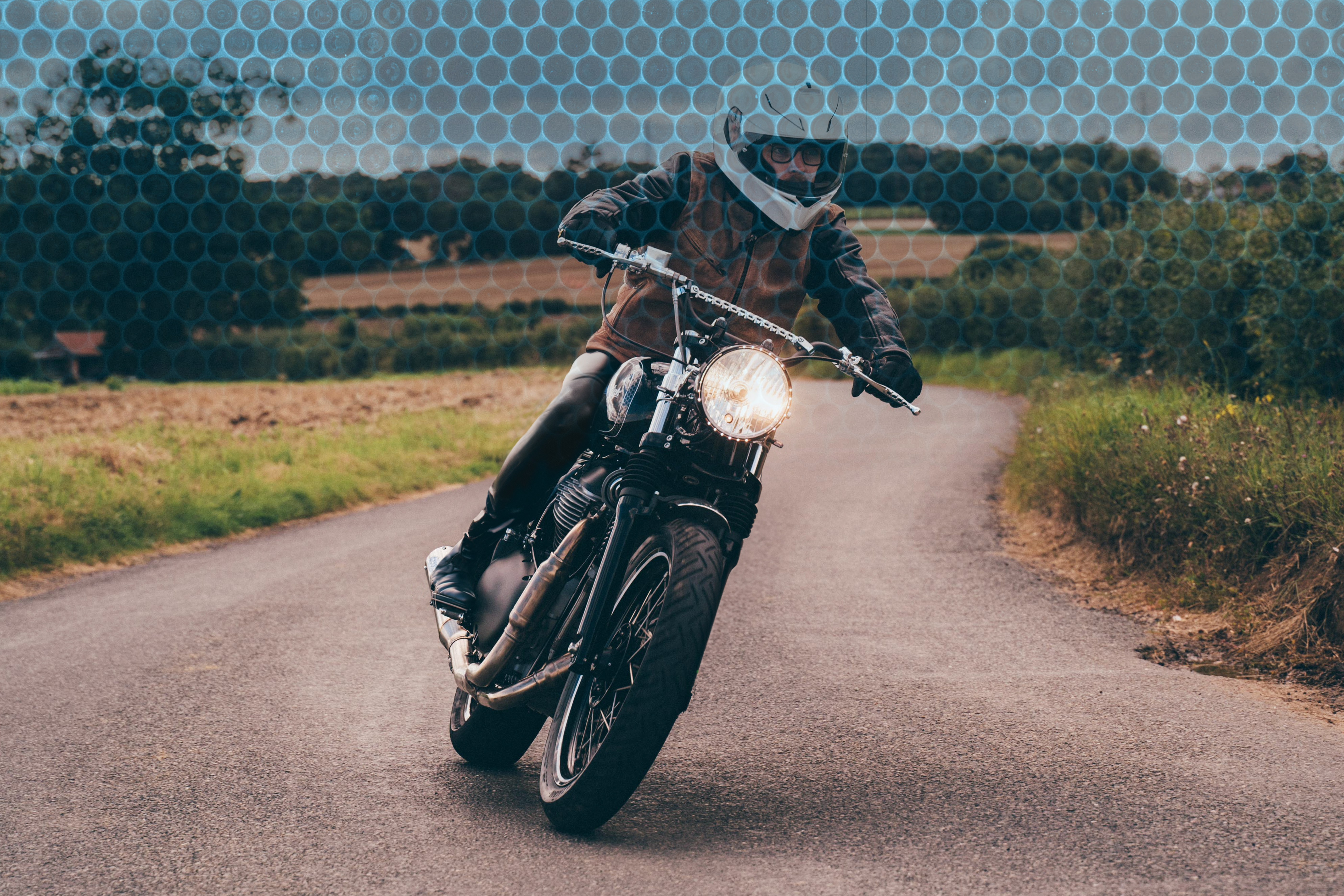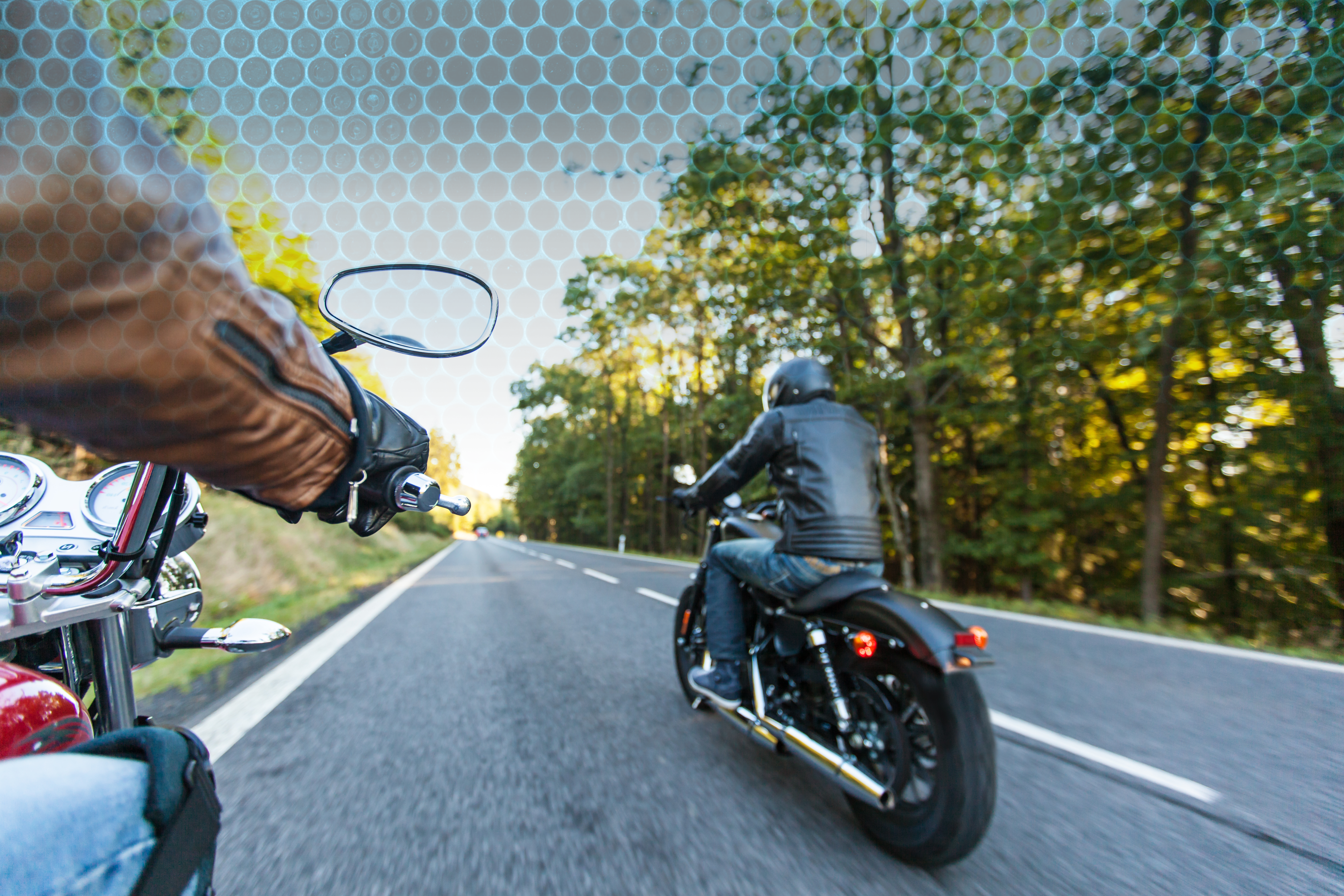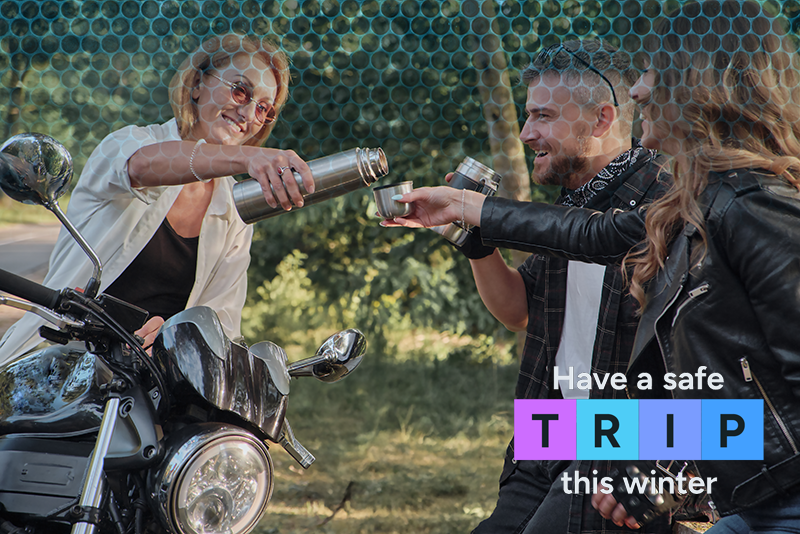BikerTek: Motorcycle Safety Tips & Training | National Highways

BikerTek is dedicated to raising awareness and educating riders on how to ride more safely .
Bikes repair easier than bikers
We want to support bikers with the skills needed to make every minute of your bike time even more rewarding whilst riding safer. Motorcyclists make up under 1% of traffic on UK roads but they account for 15% of fatal and serious injuries.
Our message is simple: Bikes repair easier than bikers
Here you’ll find a raft of tips and video guides that will help you tackle common skills challenges that we encounter on every ride.
Our bike
We’ve crafted a one-of-a-kind custom motorcycle that pushes the boundaries of design and performance. Featuring unique, bespoke components – from levers engineered to mirror wrist fusion plates to a custom kickstand inspired by a C-Stem ATM hip system – this fully functional bike is more than just a machine, It’s a statement.
Join us at our upcoming events!
Stay tuned for exciting updates on our next motorbike events! Our expert bikers will be there to share their passion for the thrill of biking and offer valuable riding tips. Whether you're a seasoned rider or a beginner, don’t miss the chance to connect with us at biker rallies, cafes, and more this summer!
For more updates on upcoming events, visit our events page.
How can I ride more safely on the road
Our statistics show cornering, overtaking, speeding and fatigue are the four most common reasons for motorcycling collisions and serious injuries. So we’ve put together a few safe riding tips to keep you and your bike safe on the road. If you would like to learn more about how to become a better motorcyclist, read more on our Skills Hub.
Cornering
Read the road ahead. Ride at a speed that leaves you enough time to react round a corner.
- Get into the right position to see and be seen, as early as it’s safe to do so.
- Get the speed right. Slow down if you need to by easing off the throttle and/or braking.
- Use both brakes as it keeps the bike more stable. Select the correct gear for your speed. Look through the bend.
- Keep an eye out for hazards such as nearside debris or emerging vehicles.
- Then, as you exit the corner, open up the right amount of acceleration to leave the bend safely.
Learn more about cornering from our Secrets of a Road Tester series here

Overtaking

Unless it’s 100% safe to overtake, and without speeding, don’t do it.
- Be aware of the road markings – don’t cross solid white lines.
- Look ahead and make sure you can pass with consideration for other road users.
- Before overtaking, make sure you can get back to your side of the road in plenty of time, taking into account your speed, the speed of the vehicle you want to overtake and the speed of any oncoming vehicles.
Read more about how to overtake safely on a motorbike here
or watch our Secrets of Better Riding video on overtaking here.
Speeding
Most collisions involve speeding. Manage your speed according to the road, weather conditions and traffic.
- It’s easy to go over the speed limit when you’re riding. Keep an eye on your speed and ease off when you need to.
- Remember, there’s always a reason for the speed limit. And it shows the maximum you should ride at.
- Sometimes you need to go slower, taking into account things like the weather, congestion, the type of road and the angles of corners.
Learn more about how to manage your speed on a motorbike from our Speed Management video here.

Take regular breaks to avoid riding tired

- Motorcycling can be tiring. Not only physically tiring, but with the concentration needed to ride safe, mentally too.
- Fatigue doesn’t just happen. It often starts with a lack of attention and feeling fidgety. This can then lead to long periods of poor concentration and poor decision making – all pretty dangerous when you’re riding at speed.
- Just getting off the bike, stretching your legs or having a drink now and again helps regain concentration levels. It allows the blood to recirculate (which may have slowed during longer periods of riding) and gives you a chance to re-hydrate and prevents muscle fatigue.
10 bike checks to prepare your bike before a ride
- Check your oil level
Low oil results in low oil pressure, which dramatically reduces the lubrication to fast-moving parts inside your bike’s engine. - Check the coolant
Coolant carries the heat away from the engine via the radiator, as well as acting as an antifreeze in winter. Running low will cause your engine to overheat with lasting damage to the internals. - Check your stopping power
The fluid in the reservoir next to your brake lever creates the hydraulic pressure that acts upon the caliper pistons to squeeze the pads. As the pads wear the fluid level falls, so it’s worth checking prior to every ride. - Maintain tyre pressure
Tyre pressures are critical to the safety and enjoyment of your ride. If your bike is used infrequently, make sure your tyres aren’t starting to crack between the treads or on the side walls. - Check for oil
Check for oil on the chrome part of the tube by wiping it with clean workshop paper. There should be no oil visible on the tissue, if there is the seal needs replacing. - Check your chain tension
Secrets of Better Riding
We've teamed up with MCN to produce a fifth series of Secrets of Better Riding. Follow the team of MCN’s experienced journalists and instructor gurus, Rapid Training, with a new series of Better Riding videos, covering such topics as reading the road, braking, overtaking and much more.
Watch all the series here.
